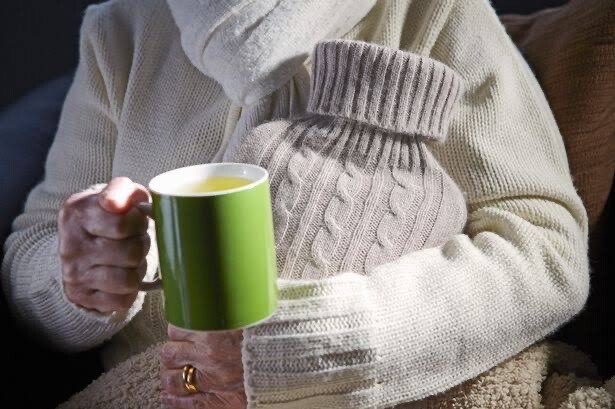
As the last of the autumn leaves fall, it now feels safe to say that the cold has
descended upon us. Some might feel somber at the thought of duller skies and a
dark commute home after work, or maybe you’re excited for the crisp morning
air when you can see your foggy breath, and evenings cuddled up under cozy
blankets.
descended upon us. Some might feel somber at the thought of duller skies and a
dark commute home after work, or maybe you’re excited for the crisp morning
air when you can see your foggy breath, and evenings cuddled up under cozy
blankets.
However you feel about winter, when you’re trying to keep warm is likely when
your energy consumption will unfortunately be at its highest. Australian Energy
Council data has shown that winter electricity bills can be more than $200 higher
than in summer.
Luckily, there’s lots of ways to help bring this figure down and at the same time
reduce your greenhouse gas emissions – win, win!
It’s recommended to keep your heating set between 18-20 degrees Celsius in
winter. If this sounds a little bit on the chilly side, it may be worth putting on an
extra layer, because every degree above this temperature uses approximately
10% more energy.
Making it a habit to turn off PowerPoints for appliances that aren’t in use at the
switch makes a bigger difference than you might think. Appliances on standby
can contribute to up to 10% of your household’s electricity. After reading this
statistic, I had a dart around the house and found at least 5 switches turned on
including the TV and microwave!
Heat can also escape the room you’re heating, causing more energy to be
exerted to maintain the thermostat temperature. To reduce heat loss through
your windows, keep your curtains and blinds shut at night, but have them open
during the day to utilize the natural warmth from sunlight. Draught proofing your
windows and doors also prevents warmth escaping. A cheap solution would be to
put a rolled-up towel or door snake along the bottom of the door, but for a more
permanent fix install a plastic or metal door seal with a wiper. Any gaps around
windows can be sealed with caulk from your local hardware store.
If you have a ceiling fan with a reversible switch, turning this on complements
heating by helping disperse hot air around the room. It may seem obvious but
remember to check the windows in the room you’re heating are closed and shut
the door to rooms that aren’t in use, this will help heat up your space more
quickly and save excess energy.
If you have an older style heater or are currently using gas or electric heating,
the swap to a reverse cycle air conditioner would mean producing 2 thirds less
green-house emissions! If you already have a reverse cycle air conditioner, don’t
forget to clean the filter regularly to keep it working efficiently. Simply remove
the front panel on the machine, unclip the filters, gently pull them out and wash
in lukewarm water. Make sure they’re dry before putting them back in.
Insulation and retrofitting double glazed windows are some of the more
expensive options, but they can lead to substantial energy savings over time.
Savings can be made on energy outside your heating system too.
Hot water systems use a substantial amount of energy, so actions like making sure the
washing machine is full before turning it on, using the cold-water setting, and
drying your clothes on a rack instead of in the dryer won’t go astray.
One final extreme tip (not for the faint of heart) – if the cold is your thing, turn off
the heating all together as rumour has it, scientific evidence now supports
this too, that cold weather improves focus and helps you think more clearly!
the heating all together as rumour has it, scientific evidence now supports
this too, that cold weather improves focus and helps you think more clearly!

(Image source 1: Getty Images/Cultura RM)
(Image source 2: Clearlight Infrared Saunas)
